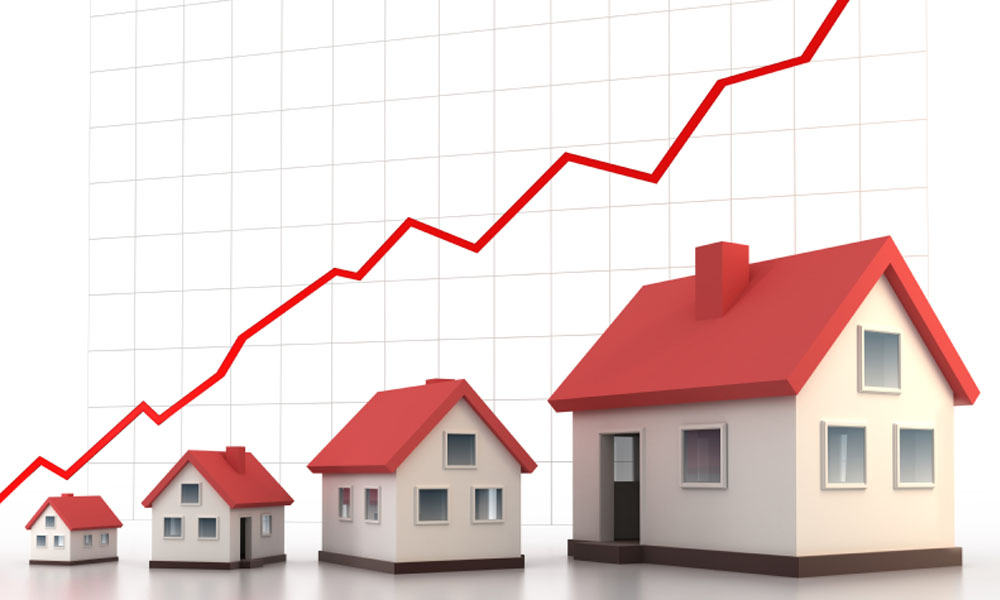There has been a consistent halt in the growth of home prices year after year. Standard & Poor’s S&P CoreLogic Case-Shiller national home price index reported a drop of 4.2% from the previous month on Tuesday and suggested an annual gain of a mere 4% in February. Whereas, the 20-City Composite posted a 3% year-over-year gain, down from 3.5% in January. These results prove the industry could be at an impasse as analysts estimated 3.9% annual gain and 2.95% annual gain for national and 20-City, respectively. This is the 11th straight month of hard-hitting deceleration.
David M. Blitzer, managing director and chairman of the Index Committee at S&P Dow Jones Indices, said in a press release, “The pace of increases for home prices continues to slow. Homes began their climb in 2012 and accelerated until late 2013 when annual increases reached double digits. Subsequently, increases slowed until now when the National Index is up 4% in the last 12 months.”
Economists Are Tense
The deceleration has made economists and realtors tense as they are struggling hard to find the core reason behind the decline. According to a renowned economist at National Association of Realtors, Lawerence Yun, pending home sales, which is a key component to calculate how the housing market will fare, has been fluid over the past few months. He further went on to say that the numbers will rise.
Going by the reports of the National Association of Realtors, pending home sales saw an upswing of 3.8% in March in comparison to the previous month but has witnessed a fall of 1.2% from a year ago.
Another chief economist, Mike Fratantoni said in a statement at the Mortgage Bankers Association, “The increase in pending home sales in March aligns with the rise in purchase applications we reported for the month. The strengthening job market, combined with lower mortgage rates and increased housing supply in many markets, helped more prospective buyers find a home last month. In short, conditions are ripe for further sales increases in the coming months.”
U.S. Home Sales Jump 4.50%
However, according to the data released by the U.S. Commerce Department, the sales of new U.S. homes increased by 4.5% in March. This was the third straight monthly gain and the strongest since November 2017. This appears to be a positive sign of recovery for the housing market from a home-buying slump. The sale of the New- Home was 1.7% higher in the first three months of 2019 in comparison to the same period a year ago. “Sales of existing single-family homes have recovered since 2010 and reached their peak one year ago in February 2018,” said Blitzer. “Home sales drifted down over the last year except for a one-month pop in February 2019.”
With an annual growth of 9.7% in the 20-City Composite, Las Vegas has recorded the fastest annual price growth since June 2018. This overtook Seattle. Despite this, the price growth has stagnated. Putting it in the words of Blitzer, “Last year, the largest gain was 12.7% in Seattle. Regional patterns are shifting. The three California cities of Los Angeles, San Francisco, and San Diego have the three slowest price increases over the last year. Prices generally rose faster in inland cities than on either the coasts or the Great Lakes. Aside from Las Vegas, Phoenix, and Tampa, which saw the fastest gains, Atlanta, Denver, and Minneapolis all saw prices rise more than 4% — twice the rate of inflation.”





